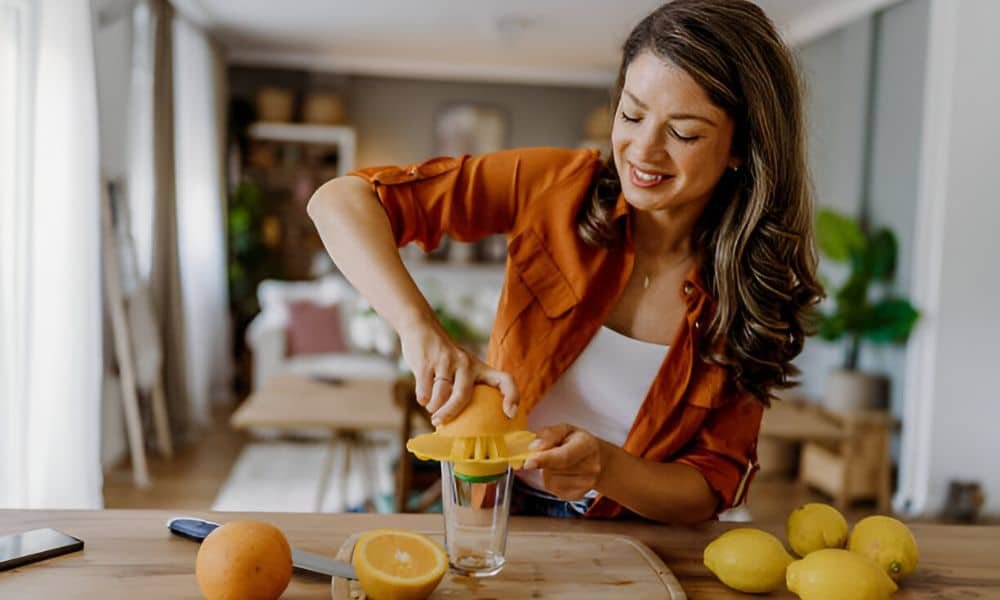One hot summer day, I craved juice. No blender. Just fresh fruit and my hands. I grabbed ripe oranges, squeezed them, and strained the pulp. The result? Cold, sweet juice—no machine needed. That moment changed how I saw things in the kitchen. You don’t need gadgets to make something great. In this guide, you’ll learn how to make fruit juice without a blender using simple tools. It’s quick, clean, and fun. I’ve done this many times, and it always works. Let’s make real juice at home—by hand, with love.
Tools and Ingredients You’ll Need
The best part about making juice by hand is how simple it is. You don’t need machines or fancy tools. Everything you need is already in your kitchen.
Grab a sharp knife for cutting fruit. A fork or spoon works well for mashing. A strainer or even a clean cloth will help separate the pulp. Use a bowl for mixing and a glass or jar for serving. That’s it.
Now for the star of the show—fresh, ripe fruit. Oranges, mangoes, grapes, berries, and watermelon are perfect. Soft fruits give more juice with less effort. No fancy tools needed, just simple ingredients and a little care.
Step-by-Step: How to Make Fruit Juice Without a Blender
Making juice by hand is simple. You only need a few minutes and some fresh fruit. Follow these steps for a clean, easy process.
01. Wash and prep fruit
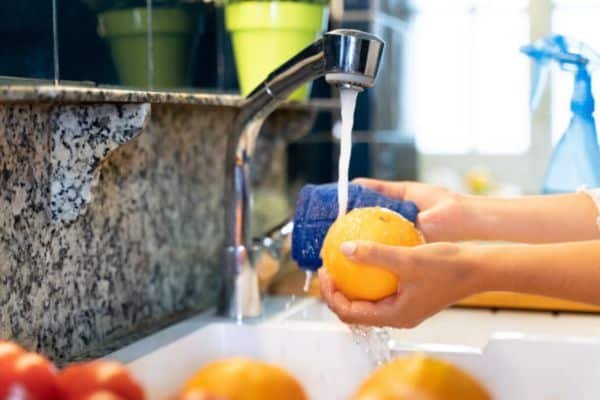
Rinse the fruit well under cool water. Peel or remove seeds as needed. Clean fruit gives clean juice.
02. Chop into small pieces
Cut the fruit into small chunks. Smaller pieces are easier to press and release more liquid.
03. Mash by hand
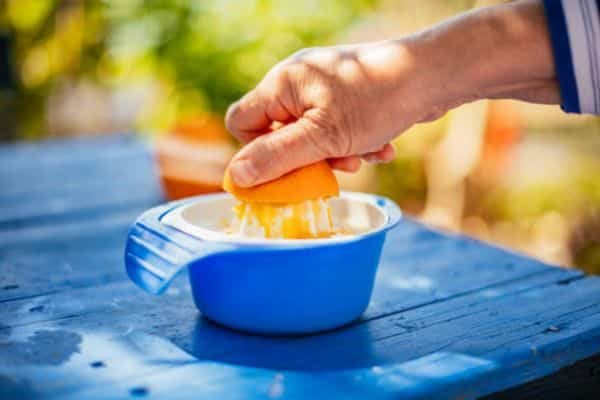
Place the pieces in a bowl. Use a fork, spoon, or masher. Press and twist until the fruit turns juicy.
04. Strain the pulp
Set a strainer over another bowl. Pour in the mashed fruit. Press with a spoon to help the juice flow through.
05. Adjust the taste
Taste your juice. Add water to lighten it. Stir in honey for sweetness. A pinch of salt can make citrus flavors shine.
06. Chill and serve
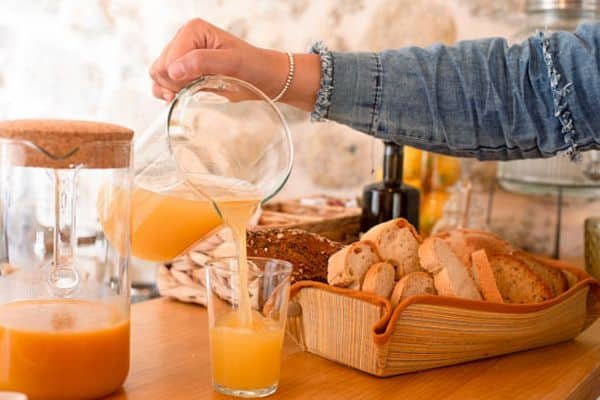
Pour the juice into a glass. Add ice or place it in the fridge. Enjoy a fresh, homemade drink that tastes pure and natural.
Which Fruits Work Best Without a Blender
Some fruits are perfect for hand-juicing. They’re soft, juicy, and easy to mash.
Oranges, watermelon, grapes, mangoes, and berries work best. These fruits break down fast and release a lot of liquid.
Harder fruits like apples and pears need more care. To soften them, cut into small pieces and boil for a few minutes. Let them cool, then mash and strain.
Always choose ripe fruit. It’s sweeter, softer, and gives more juice. The riper the fruit, the better the flavor in your glass.
Practical Tips for Perfect Juice Every Time
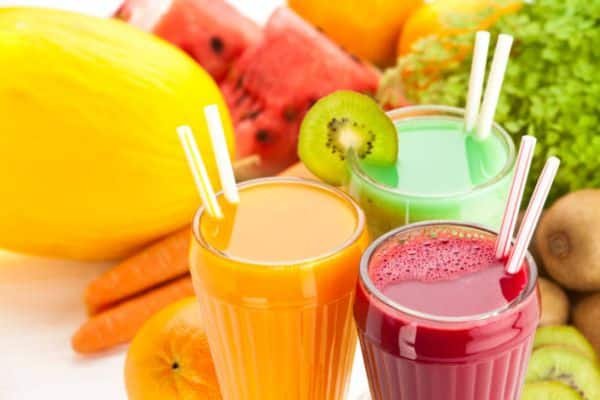
Want smoother juice? Strain it twice. Use a fine mesh strainer or a clean cloth. This helps remove extra pulp and seeds.
Room-temperature fruit is easier to mash. Cold fruit feels firm and doesn’t break down as fast. Let it sit out for a bit before starting.
For a fresh twist, add a few mint or basil leaves. Just crush them slightly and mix into the juice. It adds a cool, clean taste.
Use glass jars to store your juice. They keep flavors pure and last longer than plastic. Clean, clear glass also makes your juice look great.
Flavor Ideas and Fun Combos
Mixing fruits brings out bold and fun flavors. Start simple, then try your own twist.
Mango and lemon give a sweet and zesty blend. It’s thick, smooth, and full of life.
Orange and pineapple taste bright and tropical. This one feels like sunshine in a glass.
Strawberry and watermelon make a cool, refreshing drink. It’s light, juicy, and great on hot days.
Grape and apple (softened first) give a smooth, rich mix. The flavor is deep and balanced.
Play around. There’s no wrong combo—just what tastes right to you.
What About Blenders? (Beginner’s Buying Advice)
Making juice by hand feels great. Still, a blender can save time, especially on busy days. It helps break down fruit fast and makes cleanup easy.
Some readers may want a blender later. That’s okay! It’s all about what works best for you.
For those who want an affordable option, you can check out the best blender under $50 for quick, everyday juicing. Many small models handle soft fruits well and don’t take up much space.
Look for key features like strong blades, easy cleaning, and solid build quality. A good blender should be simple to use and last a long time.
Why Try This Method at Home?
This way of making juice is simple, clean, and low-cost. No power, no plastic, no noise. Just fruit, your hands, and a little time.
It also feels personal. You press, strain, and taste every step. It brings you closer to the food you make.
This method is part of a long tradition. People have made juice this way for generations. No gadgets—just good habits and love for fresh fruit.
It slows things down. Helps you enjoy the process. In a busy world, that small pause can feel like a gift.
Common Mistakes Beginners Should Avoid
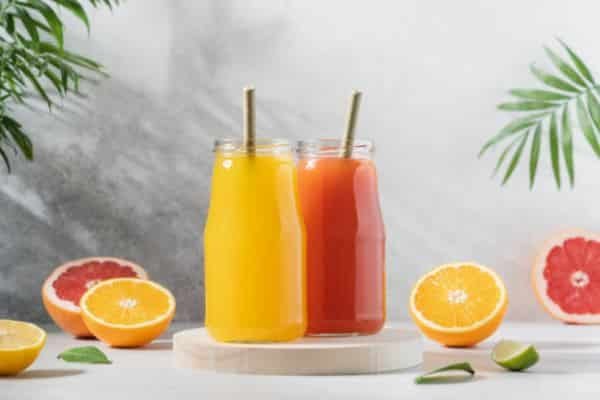
Cutting fruit too large makes mashing harder. Small pieces break down faster and give more juice.
Seeds and tough skins can ruin the texture. Always remove them before you start.
Unripe fruit is firm and gives less liquid. Ripe fruit is softer, sweeter, and much easier to press.
Dirty tools affect taste and safety. Always wash your bowl, spoon, and strainer before you begin. A clean setup makes a big difference.
Conclusion
You don’t need gadgets to enjoy real juice. Just fresh fruit, simple tools, and a bit of patience. That’s all it takes.
This method is easy, clean, and rewarding. It connects you to the process and gives you full control over what goes into your glass.
Try it today. Start with one fruit, take your time, and enjoy every step.
Making fruit juice without a blender is more than a recipe—it’s an experience worth enjoying.

